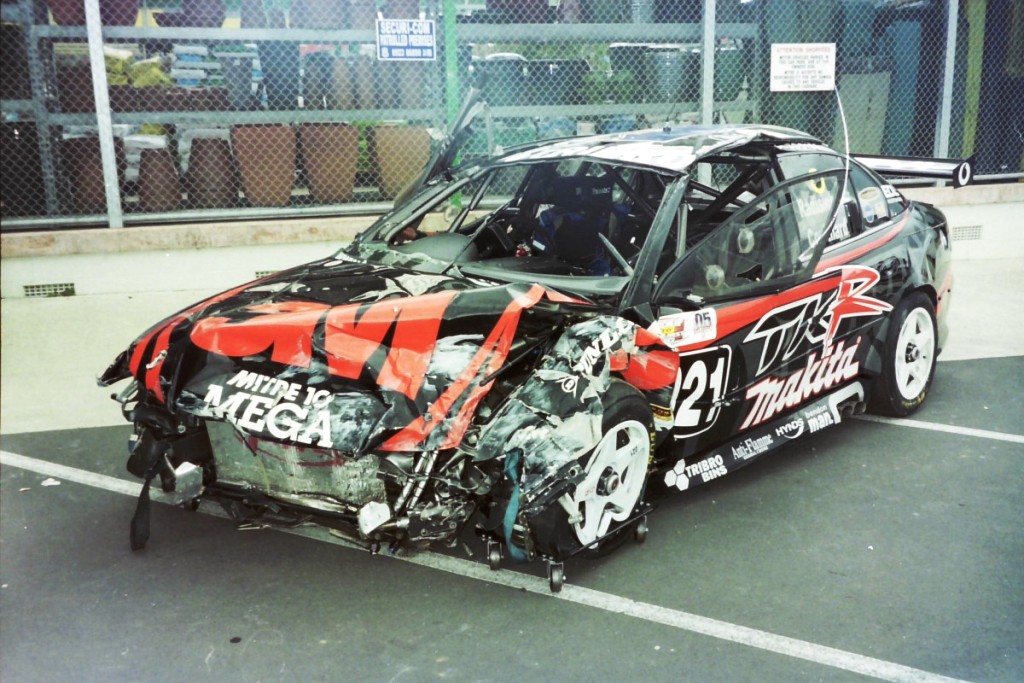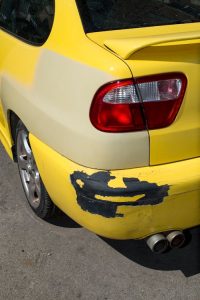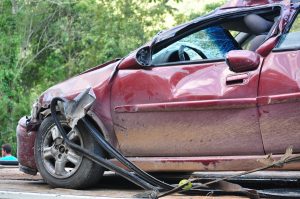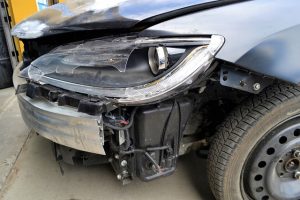Accidents happen, and when they do, knowing how to navigate the world of collision repairs can make the difference between a car that feels brand new and one that constantly reminds you of that unfortunate event. In this article, we’ll explore the essentials of expert collision repairs, covering everything from initial assessment to the final touches of paint, ensuring you can restore your vehicle’s brilliance and safety with confidence.
Understanding Collision Repair Process
The journey to restore your car begins the moment you step into a reputable collision repair shop. Trained technicians will assess the extent of damage, which can range from superficial scratches to deep structural problems. This evaluation is crucial as it determines the repair strategy, ensuring that your car not only looks good but is also safe to drive.
Fiberglass Bodywork: A Modern Solution
For vehicles with fiberglass components, special care is necessary. Fiberglass bodywork involves using high-quality resins and cloths to repair damaged panels effectively. This method is not only efficient but also retains the lightweight and durable properties of fiberglass, which are essential for the performance and fuel efficiency of modern vehicles.
Vehicle Painting: Art and Science Combined
Painting is not just about aesthetics; it’s about protection. A professional paint job involves several stages, from surface preparation and primer application to color matching and final coating. The goal is to create a seamless look that not only matches the rest of your vehicle but also seals and protects the repaired areas from environmental elements like UV rays and moisture.
Paintless Dent Repair: Efficient and Cost-Effective
Paintless Dent Repair (PDR) is a revolutionary technique used to fix minor dents and dings without the need for costly and time-consuming traditional body repairs. This technique involves using specialized tools to gently push the dented metal back into its original shape from behind the panel, preserving the factory paint. Ideal for hail damage or parking lot mishaps, PDR can save both time and money while maintaining the original finish of your vehicle.
Bumper Repair: More Than Meets the Eye
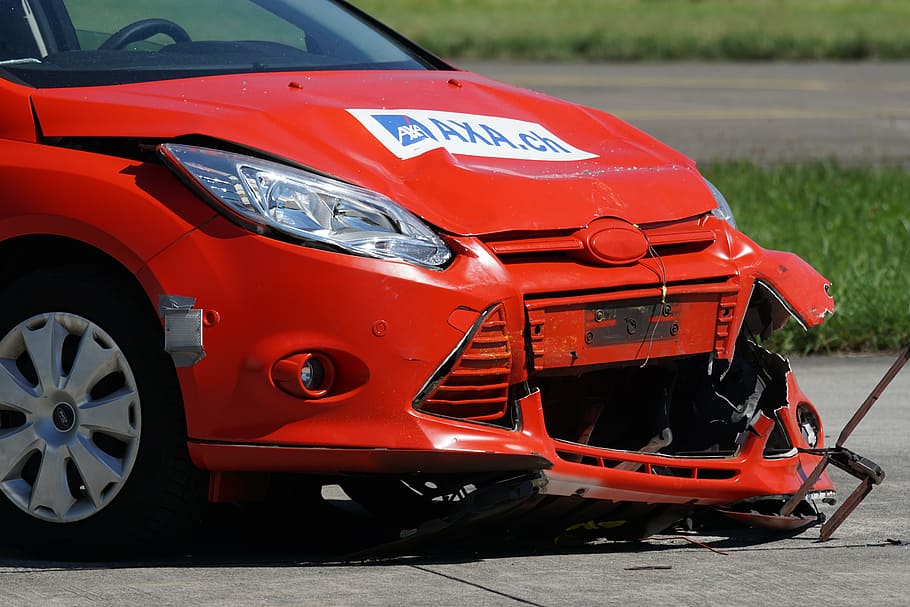
Bumpers are often the first point of contact in a collision, designed to absorb impact and protect the vehicle’s body. Repairing a bumper is not just about fixing cracks or scratches; it’s about ensuring that it can perform its safety role in future impacts. Techniques vary depending on the material, whether plastic, fiberglass, or metal, and require precise skills to restore structural integrity and aesthetics.
Choosing the Right Collision Repair Shop
1. Certifications and Training: Look for a shop that holds industry certifications, which indicate that the technicians are trained and up-to-date with the latest repair techniques and technologies.
2. Reviews and Recommendations: Check reviews or ask for recommendations from friends or family. A reputable shop will have a track record of satisfied customers.
3. Warranty on Repairs: Ensure the shop offers a warranty on their repairs. This is not just a sign of confidence in their work but also provides peace of mind that you’re covered if something isn’t right after the repair.
Conclusion
Navigating the aftermath of a car accident can be daunting, but with the right knowledge and a trustworthy repair shop, you can have your vehicle looking and performing like new. From utilizing modern techniques like fiberglass bodywork and paintless dent repair to ensuring a perfect paint match, expert collision repair is an art that combines technical skill with precision craftsmanship. Remember, the goal of collision repair is not just to fix your car – it’s to restore its safety, functionality, and beauty. To achieve this, select a repair center that upholds high standards and values customer satisfaction. Regular updates from your technician can also keep you informed and confident throughout the repair process. Ultimately, a well-repaired vehicle should leave no trace of the accident, giving you peace of mind as you return to the road.

